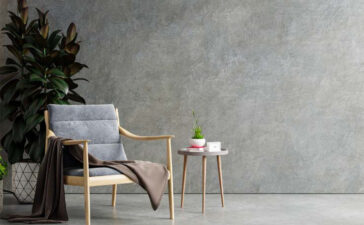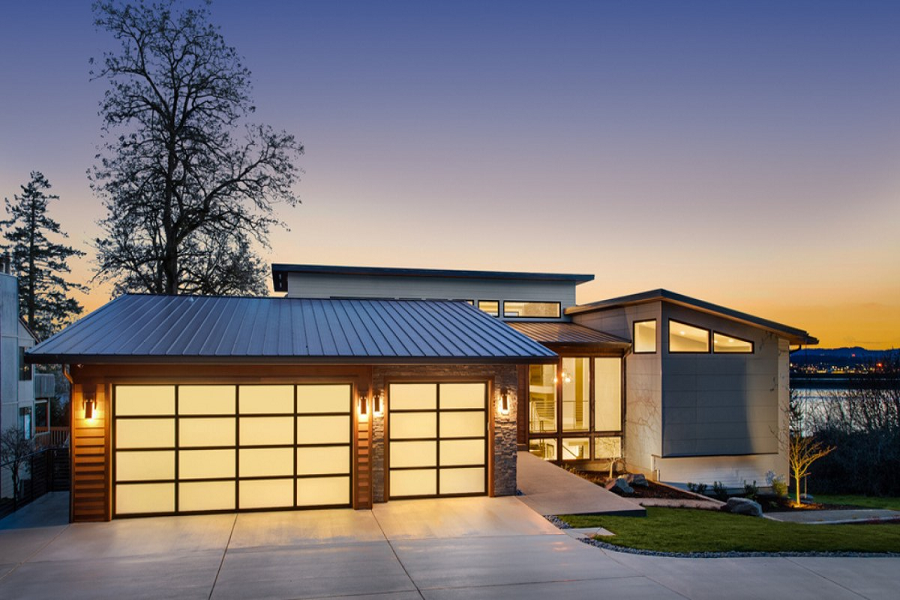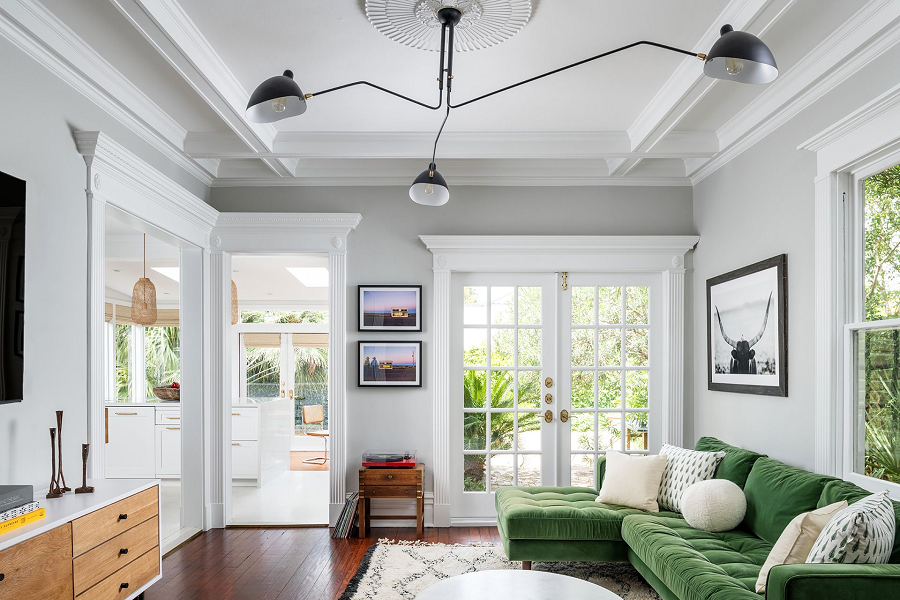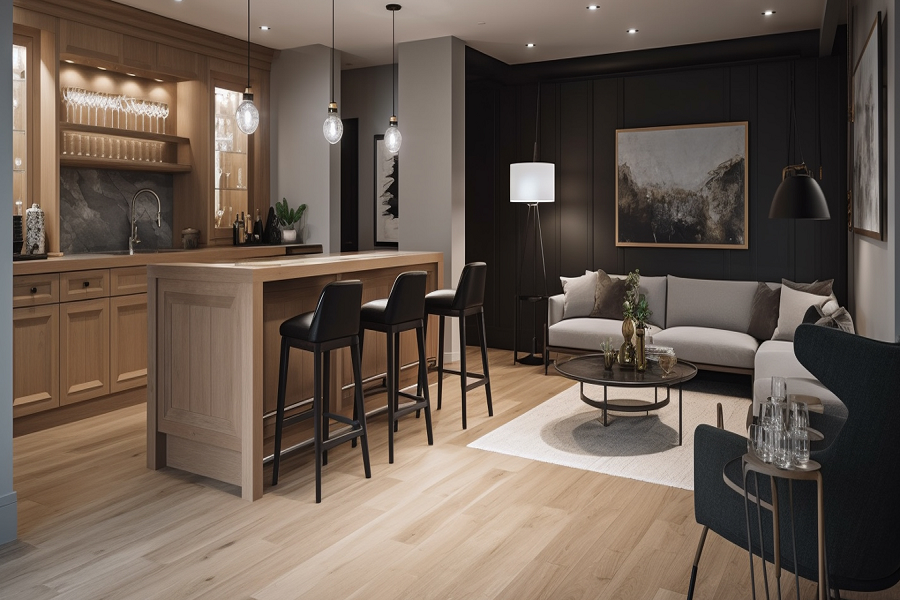The movement toward sustainable interior design transcends fleeting trends, representing a foundational shift that transforms residences and workplaces into visually captivating, environmentally conscious spaces. This avant-garde approach effortlessly blends principles of sustainability with cutting-edge design, resulting in spaces that are not only visually stunning but also actively contribute to a healthier, eco-friendly planet. Let’s delve into the innovative trends shaping sustainable interior design and how they seamlessly blend aesthetics with eco-friendly practices.
1. Biophilic Design:
One of the prominent trends in sustainable interior design is the incorporation of biophilic elements. This involves bringing the outdoors inside, connecting inhabitants with nature. Living walls, indoor plants, and natural materials enhance the overall ambiance while promoting air quality and well-being. Biophilic design not only adds a refreshing touch to interiors but also aligns with sustainable principles by reducing the need for artificial ventilation.
2. Recycled and Upcycled Materials:
Sustainable interior design embraces the concept of recycling and upcycling. Designers are embracing recycled materials like reclaimed wood, repurposed metal, and recycled glass, not only for their distinctive aesthetics but also for their role in minimizing waste and promoting sustainability within interior spaces. Upcycled furniture and decor items showcase creativity while reducing the environmental impact of manufacturing new products.
3. Energy-Efficient Lighting:
Sustainable interior design incorporates innovative lighting solutions, with LED lighting standing out as an energy-efficient alternative with an extended lifespan compared to conventional bulbs. Smart lighting systems that adjust based on natural light availability and occupancy contribute to energy savings. Integrating these technologies not only lowers energy consumption but also creates dynamic and visually appealing lighting schemes.
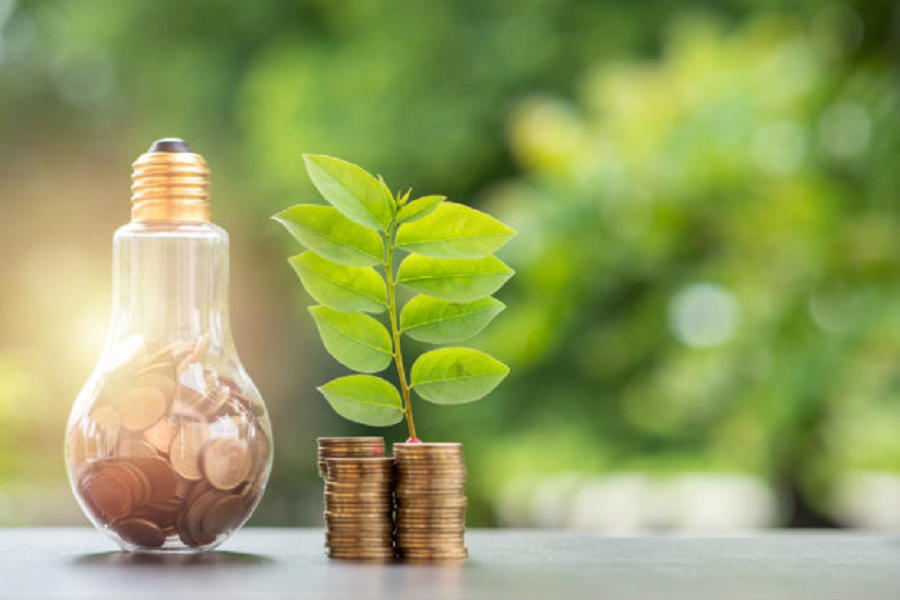
4. Low VOC Paints and Finishes:
The use of low volatile organic compound (VOC) paints and finishes is a growing trend in sustainable interior design. VOCs can have adverse effects on indoor air quality and the environment. Choosing paints with low or zero VOC content enhances air quality and ensures a healthier indoor environment. This aligns with the sustainable design philosophy of promoting human well-being while minimizing the ecological footprint.
5. Multi-Functional and Modular Furniture:
The concept of multi-functional and modular furniture aligns with sustainability by promoting longevity and adaptability. Furniture designed for multiple purposes reduces the need for excess pieces, contributing to a more sustainable approach to consumption. Additionally, modular furniture allows for easy disassembly and reconfiguration, extending its lifecycle and minimizing waste.
Sustainable interior design is not just about individual elements; it’s a holistic approach that considers the entire life cycle of materials and products. Designers are increasingly incorporating these innovative trends to create spaces that are not only visually stunning but also environmentally responsible.
In conclusion, the innovative trends in sustainable interior design showcase a harmonious blend of aesthetics and eco-friendly practices. By embracing biophilic design, recycled materials, energy-efficient lighting, low VOC finishes, and multi-functional furniture, designers are paving the way for a future where interiors contribute to a healthier planet without compromising on style. This transformative approach underscores the idea that beautiful spaces can go hand in hand with sustainable living.



